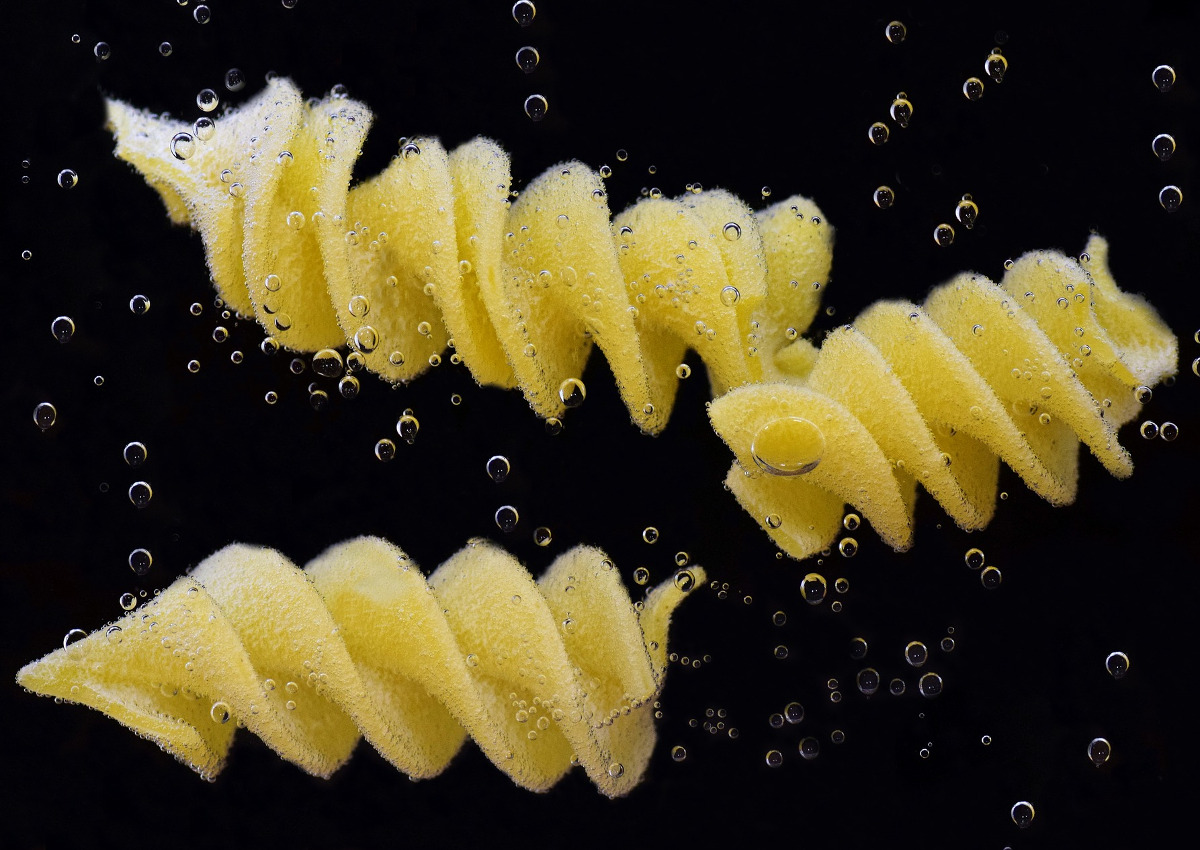In the global market, gluten-free pasta is presented as a medical and hyper-niche product, even more than what happens in Italy. According to the Osservatorio Gluten Free (Gluten Free Observatory), in fact, less than one fifth of the domestic producers derive half or almost half of their turnover from sales abroad. On the other hand, three out of ten companies do not exceed 10% of the total turnover with exports. There are strong companies abroad, on the other hand, that have register an increase in their trends in foreign countries. For these companies, the impact of exports on the company’s turnover can reach 60% in some cases, thanks mostly to the sales trend in North America, Northern Europe, Japan and Russia. Whole-grain gluten free pasta made with vegetables is showing the best performances on international markets. Even for niche companies, whose export vocation is less pronounced, there is no lack of interesting opportunities in individual markets-country such as for example Greece, Ireland, Bulgaria, Estonia and Spain.
SUPPLY CHAIN AND RAW MATERIALS
The attention to raw materials, their origin and the supply chain management is stronger than ever in a dietetic and paramedical sector such as gluten-free pasta. Not only consumers, but also celiacs and gluten intolerant associations, consumer organizations and media, classics and social media are very attentive. Especially since, over the last few years, formulations have reduced the use of several ‘new’ ingredients: lentils and chickpeas, alongside alternative cereals to durum wheat. Consumers’ reassurance and market development, even more than in the other segments of the pasta world, are guaranteed by effective and certifiable checks of all the stages of the supply chain. The leading companies are developing their own networks of selected farmers both in Italy and in other countries (especially Europe) for a controlled cultivation of the main gluten-free agricultural raw materials. Looking at supply chain agreements, the collaboration between farms and processing companies is increasingly upstream, in the selection of the varieties of seeds best suited to processing to the organoleptic characteristics of the finished products. The responsibility of raw materials starts with the supply by industrial producers of the most suitable seeds for the different gluten-free cereal crops: rice, corn, rye, barley, oats, millet, spelled, buckwheat, quinoa, amaranth, teff, konjac. In the harvesting phase, the most delicate moment is that of the gluten-free cereal crop, to reduce as much as possible the risk of cross-contamination. To this end, drivers of vehicles used for harvesting must also submit specific documentation attesting the absolute cleanliness of the equipment.

PROCESSING PHASES
The production of gluten-free pasta is an outer reach’ process- if not experimental – and with a high added value. The fundamental pre-condition for companies is to have 100% dedicated gluten-free facilities to avoid any risk of cross-contamination. In the last few years, most Italian companies have invested significant financial and human resources, besides establishing specific partnership agreements between major companies and specialists for third parties, to find the most appropriate combination between the use of digital technology and traditional skills. New raw materials processing tests – the yield of which can still fluctuate in terms of texture, firing, flavour, palatability of pasta – combine systems and craftsmanship with digital equipment and applications in the immediate verification of production processes. The use of hi-tech tools and solutions also takes place in other stages of the supply chain: above all upstream, thanks to the diffusion of the smart agriculture techniques. Moreover, digital devices are used to evaluate the yield and the distance to adjacent fields to obtain cereals without gluten contamination or other allergens, heavy metals or micro toxins.
MARKETING TRENDS
In retail, packaging and label are confirmed as the basic tools to inform and reassure shoppers. Better when in synergy with the digital applications developed by companies and, in perspective, with the use of block chain solutions to guarantee 100% transparency in the supply chain and add value to products. Top companies highlight on the packaging all the naturally gluten-free ingredients used in the recipe, and regularly use the site and software applications developed to provide information on all allergens, as well as nutritional and many recipes.
COMMUNICATION CHOICES
Gluten-free companies look at a very specific target: a consumer base that lives on their own skin and almost ‘in trenches’ their diseases, dysfunctions, allergies and intolerances, feeling a bit lonely because of the limits imposed on their food choices. The goal for most companies is therefore to activate a one-to-one relationship, where personalised communication must be participatory and reassuring, but also informative and authoritative. In Italy, top specialist companies are aiming more and more focused on integrated communication. From the most classic line to the point of sale, the companies highlight their main reasons and their distinctive characteristics for each product and brand. To activate an effective one-to-one relationship, digital communication plays a particularly important role. Communication campaigns must be able to speak directly to consumers, with the use of new touch points and more and more in partnership with the brands.

